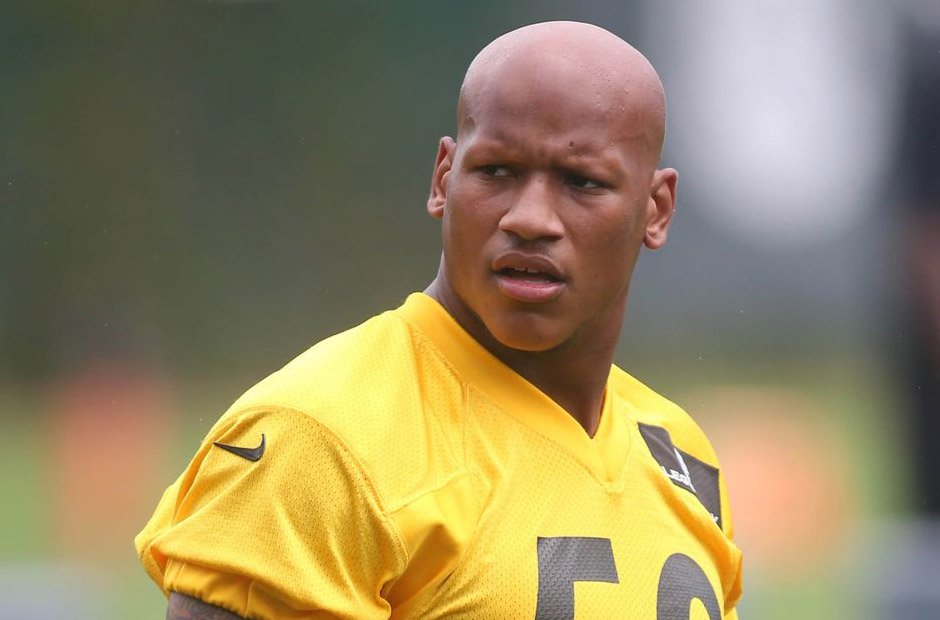When thinking about sports stars, exceptional talent, physical fitness, prowess, stamina, agility, and determination to dominate their respective fields are what come to mind. These renowned athletes significantly impact the common people and are idolized to quite an extent, becoming role models and heroes for their fans. They are often seen as symbols of strength and invincibility. However, behind the glitz and glamour of the sporting world, many athletes face a common yet often overlooked issue – balding. Male pattern baldness and female pattern hair loss are more common than you think, and there’s no way back when it comes to hair loss.
Let’s look at some iconic sports stars who have experienced the challenges of hair loss while excelling in their careers.
LeBron James
Let’s begin with one of the most recognizable names in basketball, LeBron James. The NBA superstar has been one of the greatest players ever and has dominated the court for over a decade. A receding hairline and thinning hair have accompanied his increasing achievements. He had suffered from hair loss for a while, but it wasn’t very noticeable as he would cover it with headbands. However, when uneven bald patches accompanied a receding hairline, James bravely embraced his balding by shaving his head completely, turning it into a distinctive style statement. He was later seen with a full head of hair courtesy of a hair transplant or men’s hair system.
David Beckham
You may not be able to bend it like Beckham, but you can definitely face hair loss like him. The renowned soccer player is known for his exceptional skills with the ball and, of course, his stylish persona. But he is no stranger to hair loss and thinning hair. Over the years, Beckham has experimented with various hairstyles to address it. From shorter cuts to buzz cuts, he has shown that embracing change and adapting to new looks can be empowering. Beckham had also opted for a hair transplant to address his receding hairline. Beckham’s decision to be open about his procedure helped reduce the stigma surrounding hair loss in the sports industry.
Michael Jordan
The Chicago Bulls star, Michael Jordan, needs no introduction. His iconic bald head has become synonymous with his legacy, but it wasn’t always this way. In the early days of his career, he was, in fact, known for his voluminous hair. He initially tried various hairstyles and even experimented with headbands to conceal his receding hairline, eventually embracing his baldness and making it his signature look.
Wayne Rooney
This prolific Manchester United English soccer star has hit the headlines both for his talent on the field and his receding hairline. Wayne has been open about undergoing hair transplant operations that were only partially successful in restoring his drastic hair loss courtesy of male pattern baldness. He has been vocal about his struggles with hair loss, and his willingness to discuss these experiences is a step in the right direction toward raising awareness about hair loss issues among athletes as well as the emotional impact of balding. This, in turn, encourages others to seek solutions that enhance their self-confidence.
Andre Agassi
This American tennis prodigy had been dealing with a receding hairline and hair loss since his late teens and began wearing hair systems for men since then for all his matches. In fact, Agassi, the eight times Grand Slam and one-time Olympic gold medalist, blames losing his first Grand Slam in 1990 due to being distracted and self-conscious about his balding head. He had reportedly confessed in his autobiography “Open” that he wore a hairpiece on the day and mentioned that before the match, he prayed not for victory but that his hairpiece would not fall off. He eventually went on to discard the wig and embrace a bald appearance.
With changes in technology, men’s wigs and hair system have seen a massive turnaround in their construction, making them an extremely popular choice for the modern man. They provide comfort and security and can be styled so that people will never be able to guess that you are wearing a hair system. Unlike Agassi, you would never need to worry about them slipping off.
Tiger Woods
One of the most famous athletes and easily the most celebrated golfer, Tiger Woods, has been suffering from thinning hair in the crown accompanied by an extremely obvious receding hairline. In an interview, he admitted that he is trying hard not to shave off his hair completely, but it seems like a no-win situation for him. Wearing hats during the sport or otherwise doesn’t always help hide the disappearing turf on top of the head. However, one can always turn to human hairpieces that provide a seamless look almost instantly.
Michael Vaughan
Michael Vaughan, the former England cricket captain, struggled with hair loss early in his cricketing career. He admitted to undergoing a hair transplant operation in 2009 when his confidence shattered as his hair started to fall out.
Balding is a harsh reality faced by many sports stars and the general public. This somewhere shatters self-confidence making one conscious about their appearance. The sports stars mentioned above are just a few examples of athletes who have faced hair loss while achieving incredible success in their respective fields. The struggle of balding sports stars has contributed to breaking the societal stereotypes surrounding hair loss and promoting self-acceptance. But you don’t have to feel bad about the situation. Instead, turn it around with hair systems for men that make you look great with superior-quality human hair at an affordable price.
The Tokyo 2021 Olympics saw several athletes sporting wigs, showing that they can be worn for any sport, gym sessions, or rigorous activities if you attach them well and use the right supplies. So what are you waiting for?
If you are looking for some hair replacement for men, make sure to keep your lifestyle (active or sedentary) in mind before choosing a toupee base and its supplies. A pro tip for this can be to measure the size of your balding area to decide if you need a toupee for top coverage or a wig for full coverage. Also, always choose 100% Remy human hair systems for the most natural look and comfort.
















